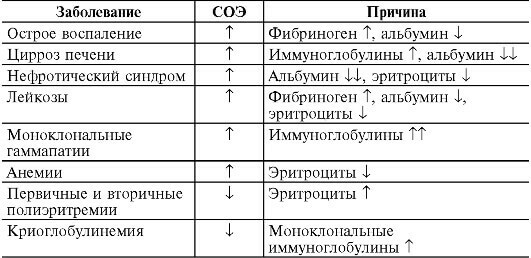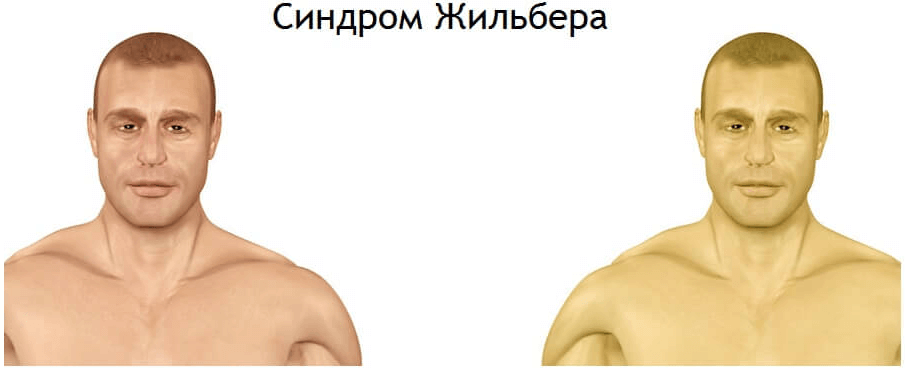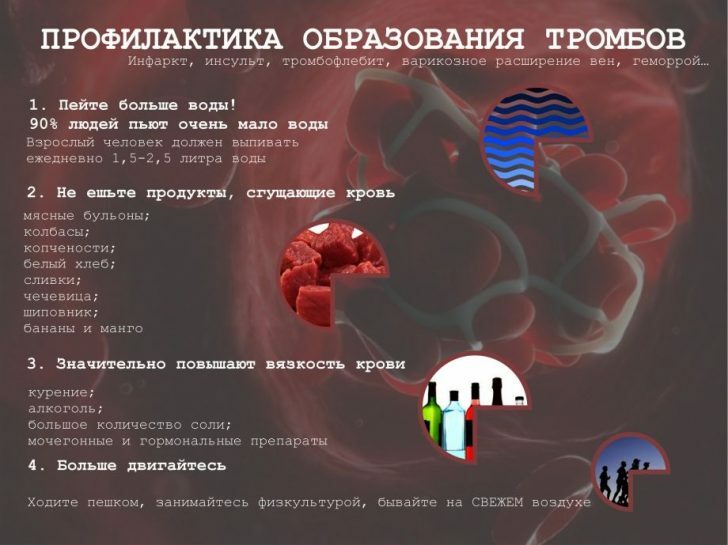Leukopenia: causes, symptoms and treatment
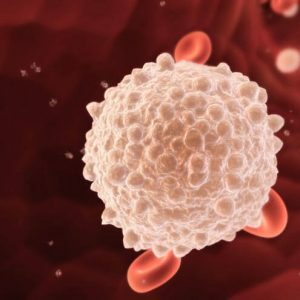
Leukopenia is called a condition accompanied by a marked decrease in the number of leukocytes. In the majority of reported cases, leukopenia is symptomatic and is a hematological temporal sign of other diseases or processes.Significantly, it acts as a separate syndrome.
Until now, leukopenia is one of the poorly studied blood diseases.This malady indicates the process of destruction of white blood cells, therefore it is dangerous at all stages of manifestation.
Table of contents: Species of leukopenia Causes of leukopenia Symptoms of leukopenia Diagnosis Treatment of leukopenia How to prevent the development of leukopenia?Varieties of leukopenia
The duration of leukopenia is:
- acute - lasts up to three months;
- chronic - develops over three months.
By the time of onset:
- is congenital( eg, Costman's syndrome or cyclic neutropenia);
- purchased.
By severity:
- is light: the number of neutrophils is within the range of 1-1.5 x 109 / l;
- average, or moderate: the indicator is 0.5-1 × 109 / l;
- is severe, or agranulocytosis: at a rate of <0.5 × 109 / L.
Causes of leukopenia
Why does such a dangerous condition occur?Normally, human neutrophils( granulocyte leukocytes) are formed in the bone marrow, from where they enter the blood.Then neutrophils penetrate into various tissues of the body, performing their further functions.In particular, they fight against foreign bacteria, thus providing protection against infections.
The processes of formation of neutrophils or their accelerated destruction can be caused by such factors: exposure to excessive radiation doses( for example, in the treatment of oncological diseases);
-
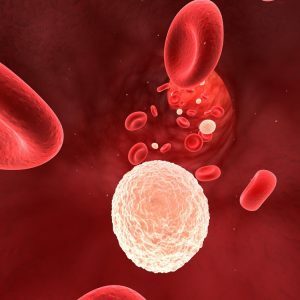 ;
; - reception of individual medications( cytostatics, carbamazepine, some antibiotics, antithyroid agents, etc.);
- accelerated weight loss;
- autoimmune diseases such as lupus erythematosus or thyroiditis;
- severe complications in viral as well as bacterial infections;
- exposure to viruses: Epstein-Barr, cytomegalovirus, yellow fever, hepatitis;
- hereditary diseases;
- chemotherapy, as well as the ingestion of certain toxic substances( arsenic, mercury);
- expressed deficiency of iron, vitamins B1 or B12, copper, folic acid and other substances involved in the maturation of leukocytes.
The doctor-hematologist can more precisely establish the concrete reason after performance of necessary analyzes.
Symptoms of leukopenia
Although in some cases, leukopenia at the initial stage can go unnoticed, most often its appearance causes such symptoms:
-
 frequency increase;
frequency increase; - temperature increase;
- chills;
- strong weakness;
- headache;
- increased sweating;
- marked shortness of breath;
- febrile state.
These are common manifestations of leukopenia.In the future, skin pathologies can join them: the appearance of sores in the mouth or in the intestine, necrotic tonsillitis, pneumonia, etc.
However, similar symptoms may well be observed in other, less dangerous conditions.To clarify the diagnosis, it is possible only by passing a blood test and performing other examinations.
Diagnostics
The main analysis for the detection of leukopenia is a blood test, in particular - the determination of the number of leukocytes.Normally their number should exceed 4,0х10 9 / l, but do not exceed the limit of 9,0х109 / l. Deviation in the lower side indicates a violation of hematopoiesis or the intensive destruction of the already existing leukocytes under the influence of any negative factors.
For more accurate diagnosis, the absolute number of neutrophils is counted, not the number of white blood cells in general. This is due to the fact that for some ailments the neutrophil count can be reduced, but at the same time, the number of white blood cells continues to be normal due to lymphocytes and other blood components.
If necessary, a bone marrow puncture is performed to determine the cause of the disease.With an unclear diagnosis, additional blood tests are prescribed.
Treatment of leukopenia
Therapy for leukopenia should be aimed both at normalizing the white blood cell content in the bloodstream and eliminating the already emerging symptoms of the disease.
Depending on the cause of the disease, the presence of characteristic manifestations and the condition of the patient, the following treatment methods are used:
-
 Elimination of the factors responsible for the development of leukopenia.It may be the cessation of the effects of radiation or chemicals on the body, the refusal to take certain medicines, and the fight against pathogenic viruses, and the replenishment of vitamin deficiencies in the patient's body.
Elimination of the factors responsible for the development of leukopenia.It may be the cessation of the effects of radiation or chemicals on the body, the refusal to take certain medicines, and the fight against pathogenic viruses, and the replenishment of vitamin deficiencies in the patient's body. - Provision of aseptic conditions for the patient, so as not to provoke the appearance of infectious complications.The organism suffering from leukopenia is extremely vulnerable to many kinds of viruses and bacteria, therefore it is necessary to provide the maximum protection from them.In turn, employees of the medical institution caring for the patient should also be protected from possible infection due to communication with the patient, because he can be a virus carrier because of an infection earlier infected with an infection.
- Purpose of antibiotics and mycostatics for the prevention or treatment of possible infectious complications.Delay in taking antibiotics can significantly worsen the patient's condition and lead to sepsis.
- Transfusion into the blood of a patient with leukocyte mass in the required volume.
- Receiving glucocorticoids in the presence of immune agranulocytosis in order to "disinhibit" the process of antibody formation.
- Stimulation of the process of leukocyte formation by medicinal agents.Also prescribed drugs for the normalization of metabolic processes.The use of methyluracil, pentoxil, leucogen is shown.These drugs provide cell regeneration, restore immunity even at the cellular level.
- Detoxification activities aimed at removing the patient's body from toxins produced by microorganisms.
- Use of folk remedies.The mummy substance proved to be very useful, which must be applied in a separate scheme with a gradual increase in the previous dosage.Despite the high efficacy of the drug, it can be used in the treatment of leukopenia only on the advice of a physician in combination with traditional therapies.Other means can improve the condition: tincture of the roots of barberry on alcohol, infusion of leaves and flowers of shandra on beer.
- Providing adequate nutrition.This part of the treatment is very important, because, firstly, for the maturation of leukocytes, nutrients from the foods are needed, and secondly, in patients of this category there is often a decline in strength caused by hypovitaminosis or general exhaustion.When leukopenia, nutrition should be fairly balanced and full.Very useful for such patients are seafood, greens, cabbage, cheeses and many other dairy products, legumes, turkey meat, cod liver.Food should contain enough B vitamins, necessary for the formation of leukocytes.
How to prevent the development of leukopenia?
Fortunately, leukopenia is not among the most common violations of .Nevertheless, one should know how to prevent the development of a disease, because it usually takes place in a very serious form and in some cases is dangerous for human life.
To significantly reduce the likelihood of developing leukopenia, it is possible by meeting the following requirements:
- to avoid exposure to radiation whenever possible.When passing X-rays or fluorography should be preferred to medical centers that have a new generation of equipment that provides a minimum effect of radiation on the body;
- does not prescribe to itself medicines, especially hormonal, psychotropic, antibiotics.With their uncontrolled and long-term admission, a pathological change in the number of leukocytes in the blood may be possible, and it will be very difficult to normalize the condition afterwards;
- not to allow a sharp reduction in body weight, "hungry" diets with maximum caloric restriction and the exclusion of many products.In this case, there may be a significant deficit of minerals and vitamins, fraught with a change in blood composition;
- to comply with hygiene requirements in order to avoid contamination with some dangerous viral infections transmitted predominantly by contact and household routes.
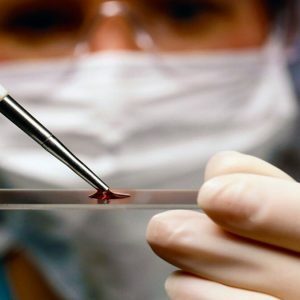 If the disease has not yet been avoided, the treatment prognosis will be more favorable with the timely access to the doctor .A patient suffering from leukopenia, in addition to performing the prescribed activities, is required to exercise maximum caution in daily activities.
If the disease has not yet been avoided, the treatment prognosis will be more favorable with the timely access to the doctor .A patient suffering from leukopenia, in addition to performing the prescribed activities, is required to exercise maximum caution in daily activities.
The patient is forbidden to drink raw water, use insufficiently washed fruit or vegetables, unpasteurized milk.Such measures are required in order to avoid possible infection with bacterial and other ailments, because the organism of a person suffering from leukopenia is not sufficiently protected from getting bacteria from outside.
For the same reason, when visiting public places, it is necessary to wear a protective mask on the mouth and nose, to avoid any communication with infected people.
Important ! With an increase in body temperature or general deterioration of the condition, you should immediately go to the hospital, because leukopenia is characterized by a very rapid increase in symptoms.As a rule, in this case the patient will need urgent hospitalization.
In a sufficiently reliable degree to protect yourself from leukopenia, careful monitoring of your health will help.This insidious disease is caused by a sharp malfunction in the work of this or that important body system, so a healthy lifestyle is a panacea for many diseases, including diseases of the hematopoiesis system.
Chumachenko Olga, medical reviewer

